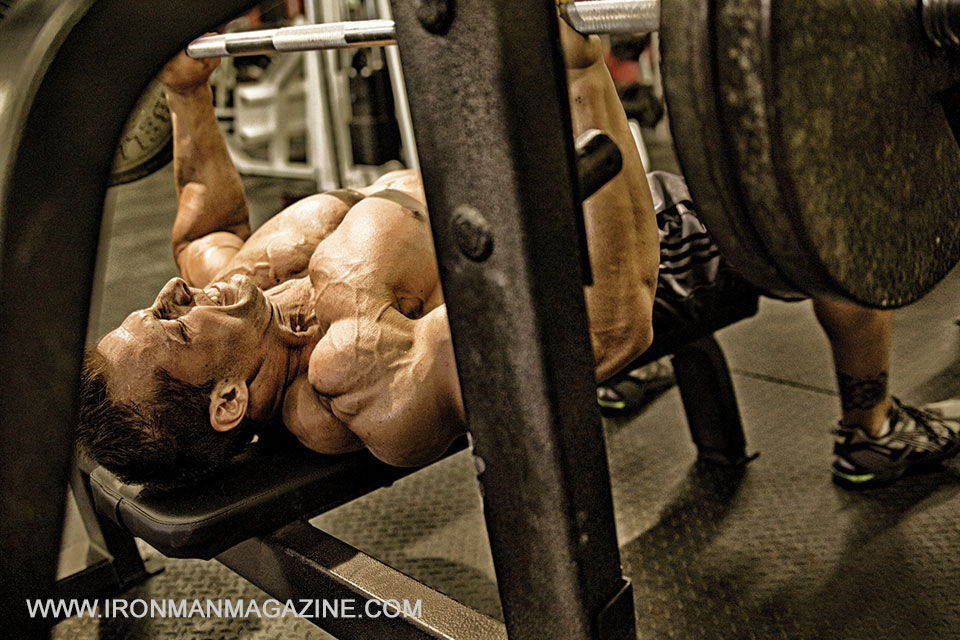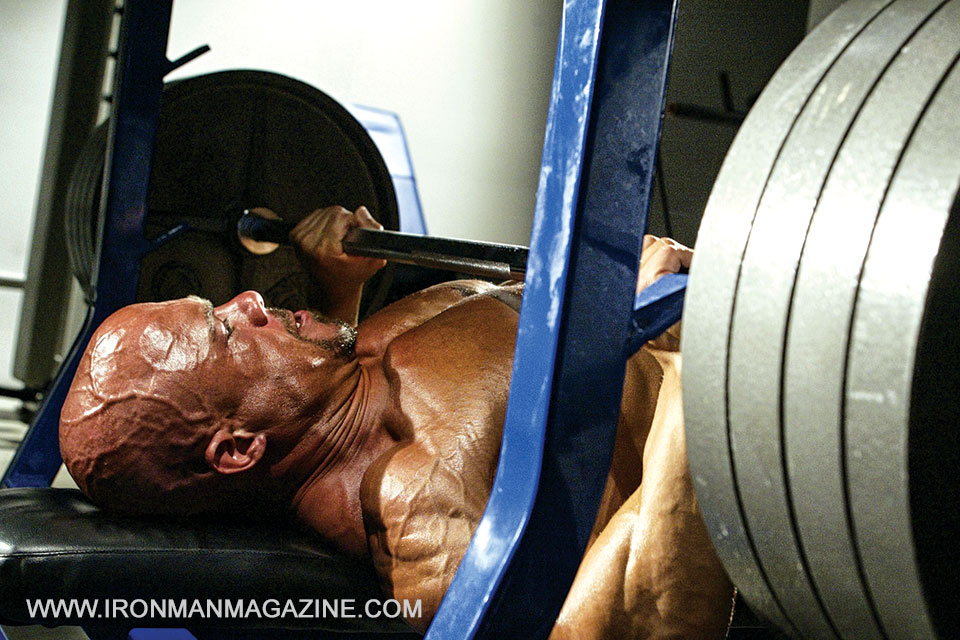


Q: You are famous for developing P/RR/S, FD/FS and, more recently, O-BEY-6, but I was wondering if you ever stray from any of those programs and do something else in your training.
A: To be honest, I stick with P/RR/S and FD/FS most of the year, but I always experiment on novel approaches to them—which is actually how O-BEY-6 came to be.
That said, I have been doing something a bit different of late, which I have now labeled “pairing.” Due to an extremely busy work schedule I’ve had a need to get my workouts done in less than an hour but still refuse to walk out of the gym anything less than fully exhausted—and fiber-fried. Thus, my rest between sets has consistently been less than two minutes, while all exercises are performed as supersets.
The unique part is how I have been pairing exercises and muscle groups. Traditionally, supersets are done with two movements for the same muscle or for antagonistic muscles, like biceps and triceps. After sticking with that tradition for more than 20 years, I became curious about how it would feel to pair all different combinations of exercises in order to throw off the central nervous system, manifest unusual muscle-pumping patterns and force my body to deal with distinct forms of fatigue, failure and lactic acid cascades.
Some of my supersets work related or overlapping muscles, while others are completely out of left field. I have been keeping careful notes about the way each exercise pairing feels in terms of difficulty, pump, recovery, breathing patterns and the following day’s muscle soreness. While I have not reached any final conclusions about training in this manner, I can relate a couple of very interesting things.
First, my “strength” on many exercises has taken a leap forward—not necessarily in the amount of weight I can lift but in the number of reps I have been able to achieve with the same resistance. A good example is the dumbbell pullover. I normally do not like to use more than a 100-pound dumbbell for this movement, with which I can get at most workouts between 10 and 12 perfect reps. At my last session, however, I was able to get 19! I have seen similar gains on other exercises as well.
Here’s something even more fascinating to me: Over the summer I’ve been working with a client who plays a variety of sports on a competitive level—softball, volleyball and flag football. I decided to have him train along with me, using the same method, several times per week. After seven weeks his bodyweight has remained the same and his bodyfat has been steady at 9 percent; however, he has reported that every aspect of his performance in all sports has increased markedly. He is faster, increasingly agile, quicker and more powerful. He has become a statistical leader on each of his teams and is performing better now than he has in many years. In addition, his muscular endurance has improved significantly.
I’ll have more on this client and other and specific examples in future installments of this column.
—Eric Broser
Editor’s note: Eric Broser’s new DVD “Power/Rep Range/Shock Max-Mass Training System” is available at Home-Gym.com. His e-books, Power/Rep Range/Shock Workout and The FD/FS Mass-Shock Workout, which include complete printable workout templates and Q&A sections, are available at X-Workouts.com.






















You must be logged in to post a comment Login